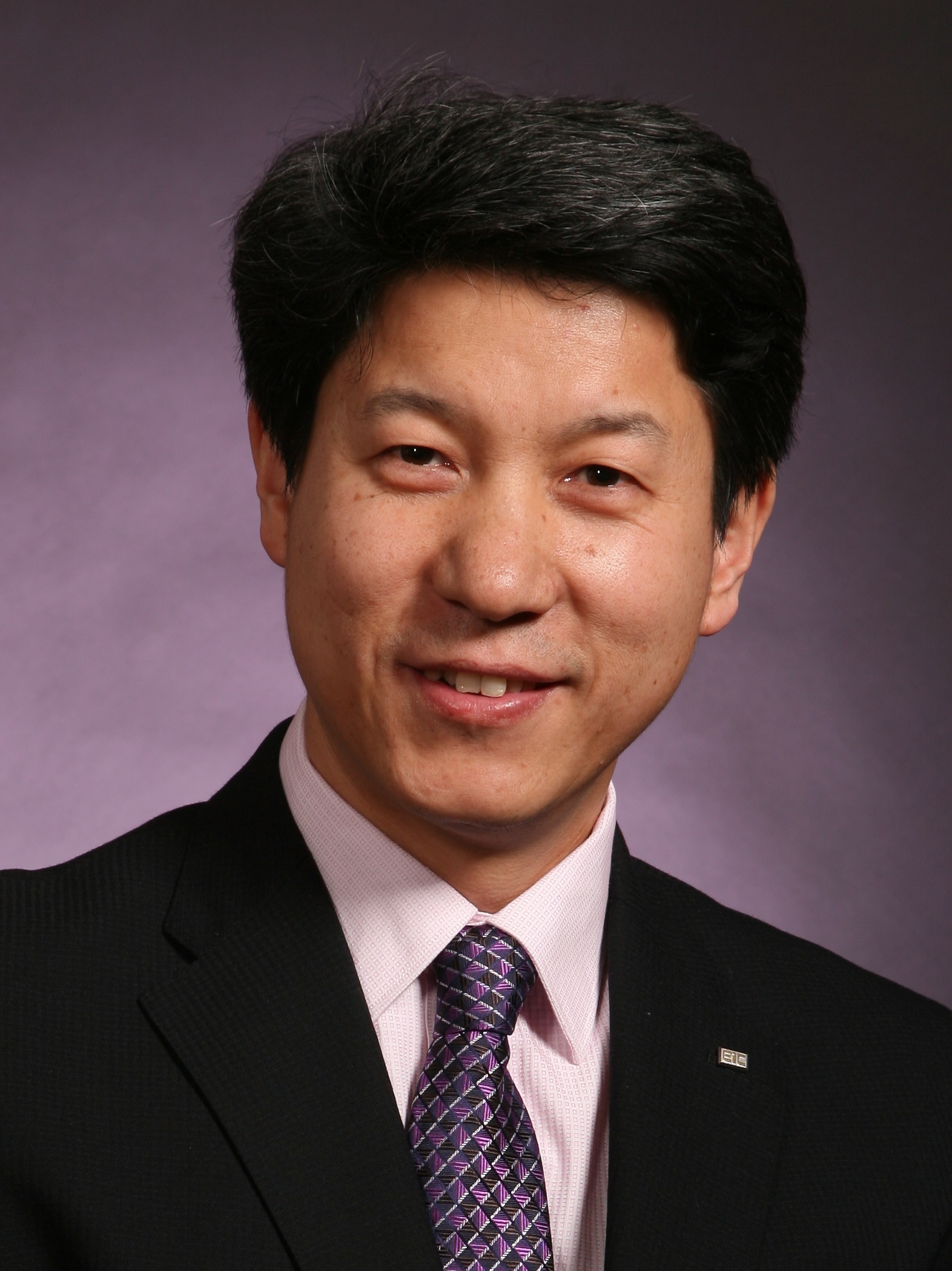Keynote Speech
Reduce Energy Waste by Adapting to Real-traffic Dynamics (REWARD)
Zhisheng Niu
Electronic
Engineering Department, Tsinghua University
Tsinghua National Lab
for Information Science and Technology
Email: niuzhs@tsinghua.edu.cn
Abstract:
As mobile data and video traffic is fast growing, the next-generation mobile
communication (5G) networks are expected to further support
1000-fold more traffic than today’s mobile networks.
Meanwhile, the energy consumption of mobile networks has
emerged as one of the major parts of the CO2 emission
worldwide. As a result,
the next-generation cellular networks have to be much more
energy-efficient (green) than today in order to support the
1000-fold more traffic.
For this purpose, the physical layer approaches only are not
sufficient anymore and a system-level approach is the must.
In this talk, we first claim that the existing
cellular networks is spectrum-efficient but not energy-efficient
because the static cellular architecture cannot adapt to the traffic
dynamics by using real measurement data from commercial mobile
networks. As cell size is
getting even smaller, the cell traffic will get much more dynamic,
both in temporal and spatial domains.
In order to make the cellular architecture more adaptive to
the traffic dynamics without worry about the coverage, we then
propose a so-called
hyper-cellular networks (HCN).
The key idea behind is to separate the coverage for control
signals from the coverage for data traffic, so that the data BSs
(DBSs) can be turned off (into sleep mode) when traffic load is
getting very low without concerning on the coverage of control
signals. The network coverage will be guaranteed by the control BSs
(CBSs) which in general cover a relatively wide area without
sleeping.
This can be considered as the further extension of
the existing C-RAN concept and one of the key candidate technologies
for 5G mobile communications systems.
Some preliminary results have shown that this new paradigm
has a great potential in the capacity enhancement and energy
savings.

Biography:
Zhisheng Niu graduated
from Beijing Jiaotong University, China, in 1985, and got his M.E.
and D.E. degrees from Toyohashi University of Technology, Japan, in
1989 and 1992, respectively.
In 1992-94 he worked for Fujitsu Laboratories Ltd., Kawasaki,
Japan, and joined with Tsinghua University, Beijing, China, in 1994,
where he is now a professor at the Department of Electronic
Engineering. He is also a guest chair professor of Shandong
University, China. His
major
research interests include
queueing theory, traffic engineering,
mobile Internet, radio resource management of wireless networks, and
green communication and networks.
Dr. Niu
has been an active volunteer for various
academic societies, including Director for
Conference Publications (2010-11), Director for Asia-Pacific Board
(2008-09), and member of the Award Committee of IEEE Communication
Society, Membership Development Coordinator (2009-10) of IEEE Region
10, Councilor of IEICE-Japan (2009-11),
council member of Chinese Institute of Electronics (2006-11), and
an
editor of IEEE
Wireless Communication Magazine (2009-2013).
He is now a distinguished lecturer (2012-15) and
Chair of Emerging Technology Committee (2014-15) of IEEE
Communication Society, member of the Fellow Nomination Committee of
IEICE Communication Society (2013-14), standing committee member of
Chinese Institute of Communications (2012-16), and associate
editor-in-chief of IEEE/CIC joint publication “China
Communications”.
